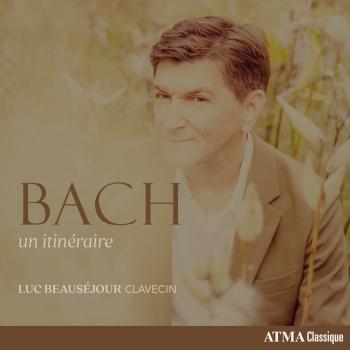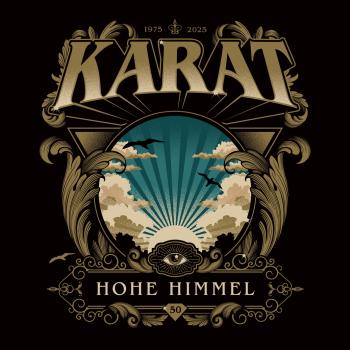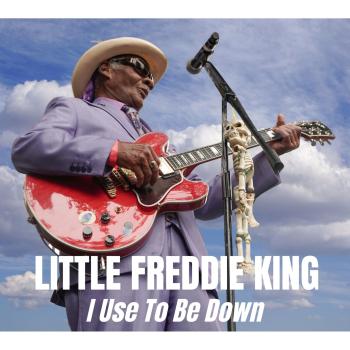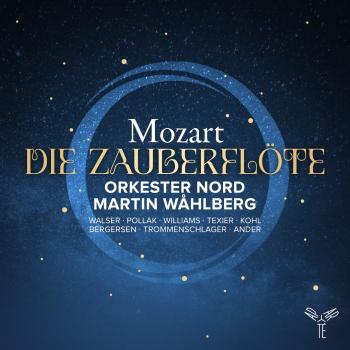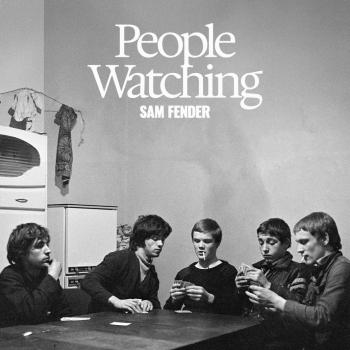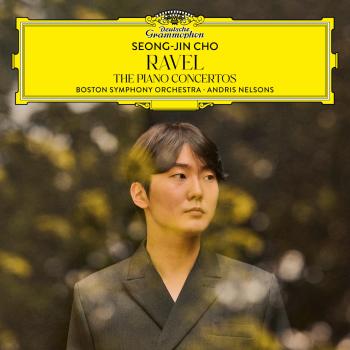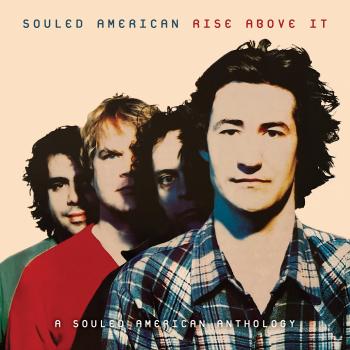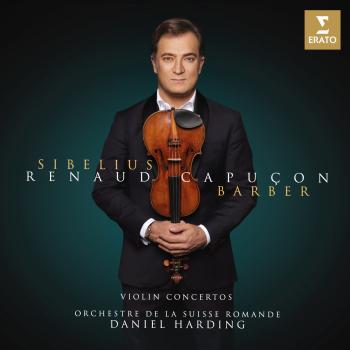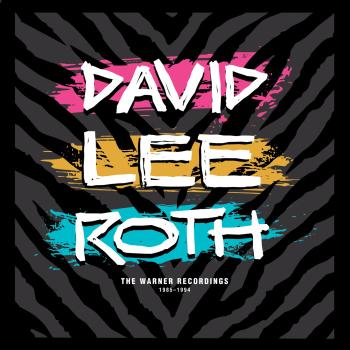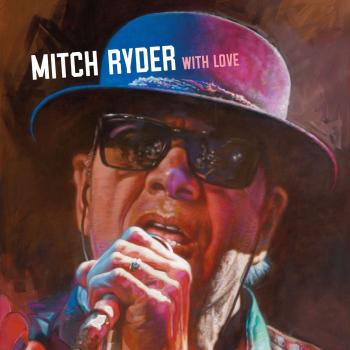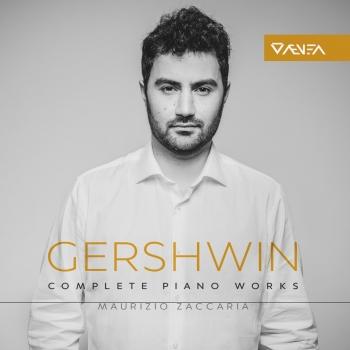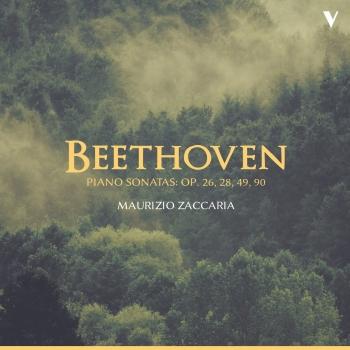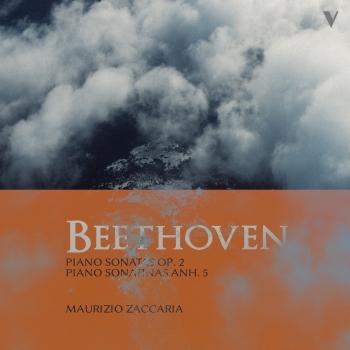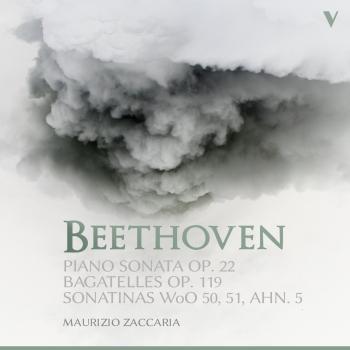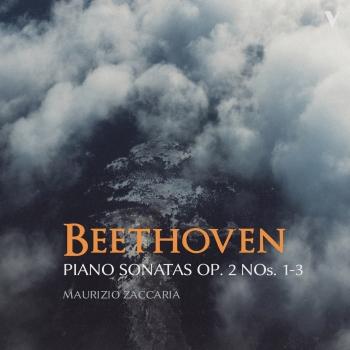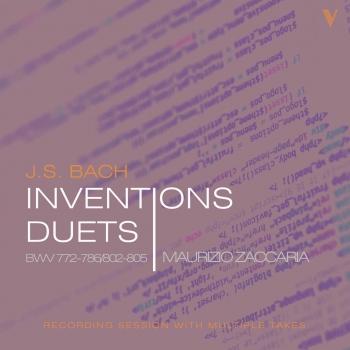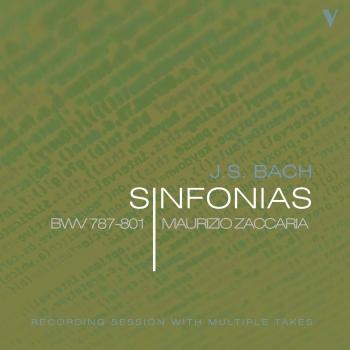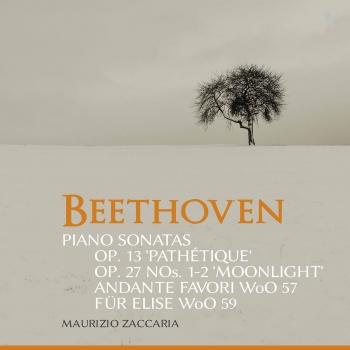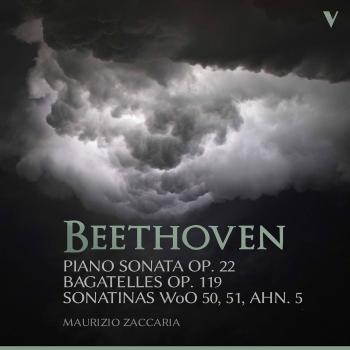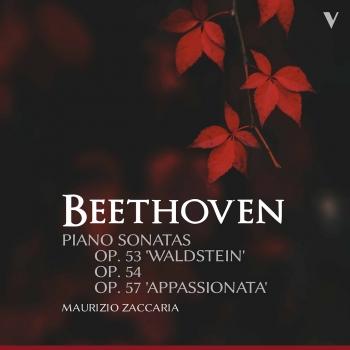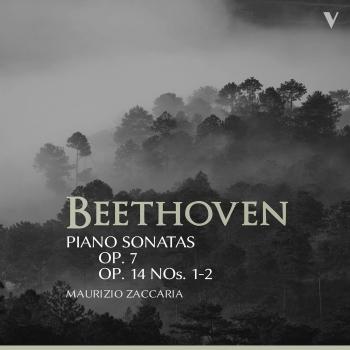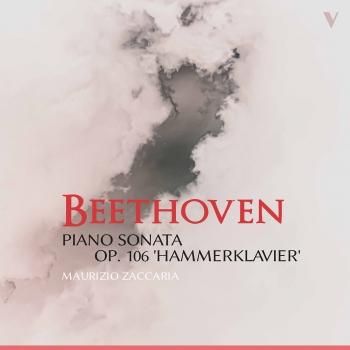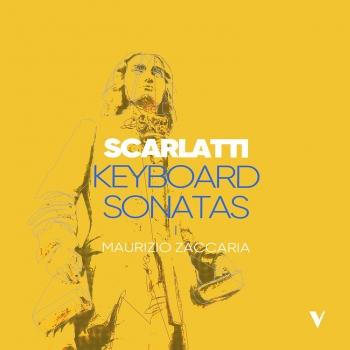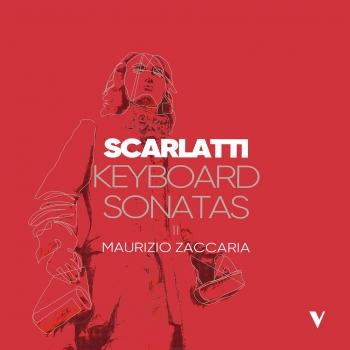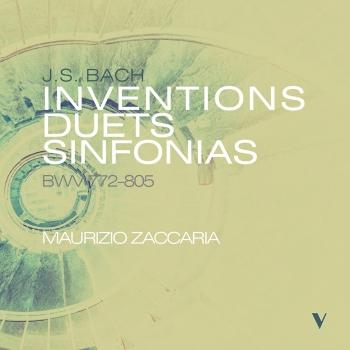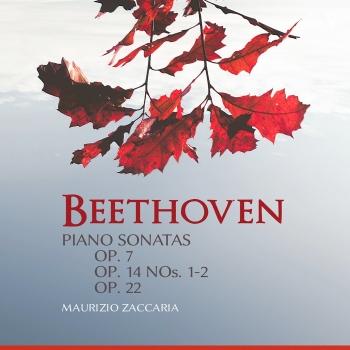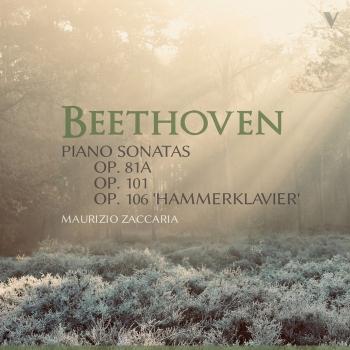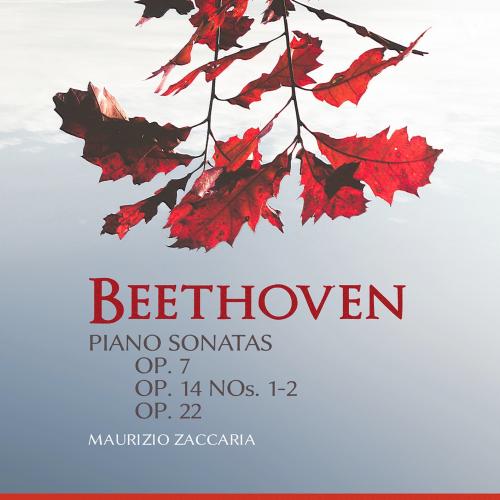
Beethoven: Piano Sonatas, Opp. 7, 14 & 22 Maurizio Zaccaria
Album info
Album-Release:
2022
HRA-Release:
22.07.2022
Label: OnClassical
Genre: Classical
Subgenre: Instrumental
Artist: Maurizio Zaccaria
Composer: Ludwig van Beethoven (1770–1827)
Album including Album cover
- Ludwig van Beethoven (1770 - 1827): Piano Sonata No. 4 in E-Flat Major, Op. 7 "Grand":
- 1 Beethoven: Piano Sonata No. 4 in E-Flat Major, Op. 7 "Grand": I. Allegro molto e con brio 06:15
- 2 Beethoven: Piano Sonata No. 4 in E-Flat Major, Op. 7 "Grand": II. Largo, con gran espressione 08:40
- 3 Beethoven: Piano Sonata No. 4 in E-Flat Major, Op. 7 "Grand": III. Allegro 05:02
- 4 Beethoven: Piano Sonata No. 4 in E-Flat Major, Op. 7 "Grand": IV. Rondo. Poco allegretto e grazioso 06:34
- Piano Sonata No. 9 in E Major, Op. 14 No. 1:
- 5 Beethoven: Piano Sonata No. 9 in E Major, Op. 14 No. 1: I. Allegro 05:49
- 6 Beethoven: Piano Sonata No. 9 in E Major, Op. 14 No. 1: II. Allegretto 02:53
- 7 Beethoven: Piano Sonata No. 9 in E Major, Op. 14 No. 1: III. Rondo. Allegro comodo 03:22
- Piano Sonata No. 10 in G Major, Op. 14 No. 2:
- 8 Beethoven: Piano Sonata No. 10 in G Major, Op. 14 No. 2: I. Allegro 06:17
- 9 Beethoven: Piano Sonata No. 10 in G Major, Op. 14 No. 2: II. Andante 03:43
- 10 Beethoven: Piano Sonata No. 10 in G Major, Op. 14 No. 2: III. Scherzo. Allegro assai 03:17
- Piano Sonata No. 11 in B-Flat Major, Op. 22:
- 11 Beethoven: Piano Sonata No. 11 in B-Flat Major, Op. 22: I. Allegro con brio 05:51
- 12 Beethoven: Piano Sonata No. 11 in B-Flat Major, Op. 22: II. Adagio con molto espressione 07:17
- 13 Beethoven: Piano Sonata No. 11 in B-Flat Major, Op. 22: III. Menuetto 03:09
- 14 Beethoven: Piano Sonata No. 11 in B-Flat Major, Op. 22: IV. Rondo. Allegretto 06:14
Info for Beethoven: Piano Sonatas, Opp. 7, 14 & 22
Beethoven's early sonatas were highly influenced by those of Haydn and Mozart. The first three sonatas, written in 1782-3 are usually not acknowledged as part of the complete set of piano sonatas, due to the fact that he was 13 when they were published. His Piano Sonatas No. 1, 2, 3, 4, 7, 11, 12, 13, and 15 are four movements long, which was rather uncommon in his time.
After he wrote his first 15 sonatas, he wrote to Wenzel Krumpholz, "From now on, I'm going to take a new path." Beethoven's sonatas from this period are very different from his earlier ones. His experimentation in modifications to the common sonata form of Haydn and Mozart became more daring, as did the depth of expression. Most Romantic period sonatas were highly influenced by those of Beethoven. After his 20th sonata, published in 1805, Beethoven ceased to publish sonatas in sets and published all his subsequent sonatas each as a single whole opus. It is unclear why he did so.
Beethoven's late sonatas were some of his most difficult works and some of today's most difficult repertoire. Yet again, his music found a new path, often incorporating fugal technique and displaying radical departure from conventional sonata form. The "Hammerklavier" was deemed to be Beethoven's most difficult sonata yet. In fact, it was considered unplayable until almost 15 years later, when Liszt played it in a concert.
Beethoven's piano sonatas came to be seen as the first cycle of major piano pieces suited to concert hall performance. Being suitable for both private and public performance, Beethoven's sonatas form "a bridge between the worlds of the salon and the concert hall". The first person to play them all in a single concert cycle was Hans von Bülow, the first complete recording is Artur Schnabel's for the label His Master's Voice.
Maurizio Zaccaria approached the performances of these milestones - the 32+4 (Complete) Piano Sonatas by Ludwig Van Beethoven - with a vision aimed at highlighting the gestures of the compositional aspect, not disdaining a more massive use of the resonance pedal which, according to Czerny's words, was used abundantly by Beethoven himself.
The recordings were made from 2019 to 2021, in exclusive for our label, OnClassical; they involved two Steinway's grand pianos: the first series (including Sonatas Opp. 13, 26, 27, 28, 49, 53, 54, 57, 90) was entirely recorded on a 1968 Steinway D-274 chosen by Arturo Benedetti Michelangeli, property of the label. The second and third series were executed on a brand new instrument, always a Steinway D.
Maurizio Zaccaria, piano
Maurizio Zaccaria
After a diploma in piano at "Niccola Piccinni" Conservatory of Music in Bari under the guidance of Gregorio Goffredo and a master at "Nino Rota" Conservatory of Music in Monopoli under the guidance of Benedetto Lupo, he attended the masterclasses of Marisa Somma, Cristian Zaccarias, Joaquin Achucarro, Francois J. Thiollier, Konstantin Bogino et Aldo Ciccolini.
He went on to win several national and international piano competitions: Rachmaninoff International Piano Competition, Liszt International Piano Competition (the famous Argentine pianist Martha Argerich was in the jury), Thalberg International Piano Competition, International Music Competition in Ibla, "San Nicolaus" International Piano Competition International, Piano Festival in Osnabruch (Germania), Cliburn Piano Competition in Texas (USA). In 2008 he was awarded the "Umanitaria" Society price in Milan (president Maestro Abbado); during the same year he was also awarded the Arts Price of the Italian Cultural Ministry, after which he played at the Parco della Musica in Rome. He plays in Italy and abroad in some important halls: Auditorium della Radio Televisione Svizzera (Lugano); Salle Cortot (Paris); Institut Italien de Culture (Paris); Sala Gaber (Milan); Parco della Musica (Rome); Sala Scarlatti (Naples); Teatro delle Muse (Ancona); Teatro Piccinni et Kursaal Santa Lucia (Bari); Teatro Bibiena (Mantova); Villa Ruffolo (Ravello); Teatro Wan Vesterhout (Mola di Bari); Auditorium V. Falco (playing two pianos with Aldo Ciccolini); Teatro Curci (Bari). Maurizio Zaccaria plays for important associations: Fondazione Petruzzelli (Bari); URTIcanti contemporary music festival; Ravello festival; PianoFestival (Grosseto); A.R.A.M. (Rome); Gaeta Festival; Accademia dei Cameristi (Bari). In March 2007 he debuted in the USA, during a series of concerts playing Bartok's compositions, among which his Sonata for two pianos and percussions. His last concerts with Bari Concert Society orchestra and Taranto Magna Grecia orchestra, respectively devoted to Shostakovic's Concerto Op. 35 and Rachmaninoff's Third Concerto Op. 30 have fascinated audience and critics. He played as a soloist with Petruzzelli Symphonic Orchestra, (Bari), "Nino Rota" orchestra (Monopoli, Bari) conducted by Filippo Maria Bressan, with Cosenza Symphonic orchestra, Bacau symphonic orchestra, Matera Duni Orchestra (there he played Gershwin's best symphonic pieces for piano, Concerto in Fa and Rapsody in Blue) and with Bari Metropolitan Symphonic orchestra. He was invited by the Italian embassy in Pogdorica where he played music by Fauré, Debussy and Schostakovic. He is also a composer, and he debuted some compositions by Goeffroy Drouin, Luca Lombardi, Lera Auerbach, Luca Mosca, Andrea Marena and Fabio Vacchi. He also pays chamber music and he collaborates with flutist Leonardo Grittani.
This album contains no booklet.

